Your Complete Guide to Window and Door Ventilation in Australia
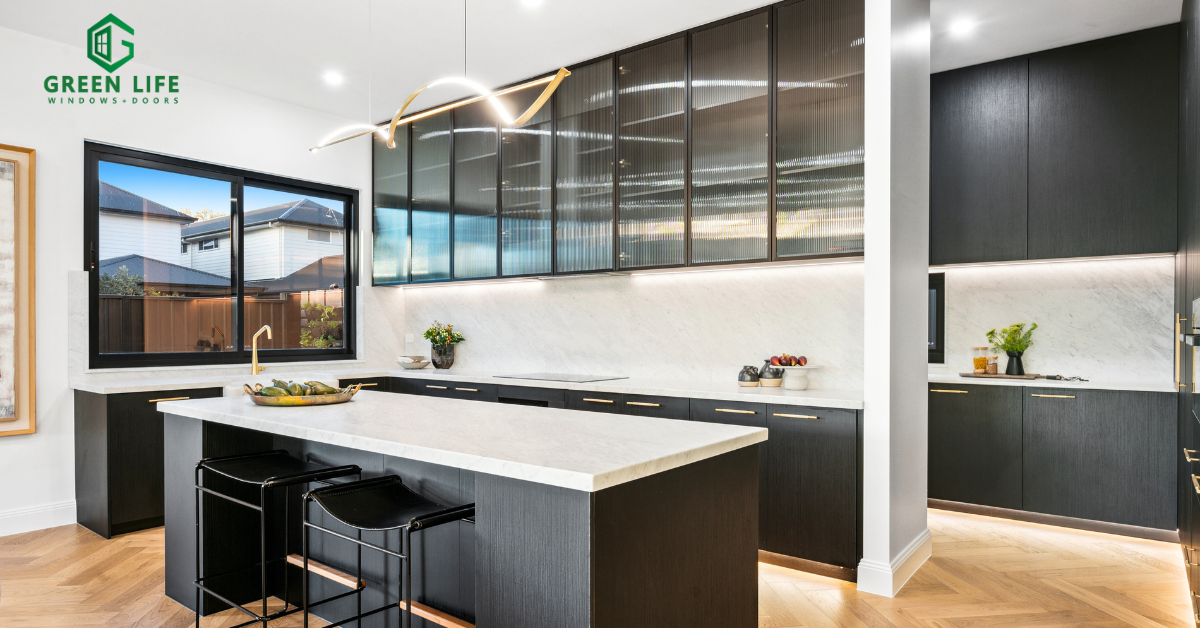
Choosing the right window and door placement is more than just a design decision — it’s key to creating a home that feels fresh, inviting, and perfectly balanced. While your architect will help you nail the style and positioning, there’s a lot more to consider when it comes to ventilation, and how it changes from room to room.
Curious about how to get it right? Let Green Life Windows guide you through the most common (and often overlooked) questions about window ventilation.
1. How Ventilation Changes from Room to Room
Living areas /Alfresco— These are where you and your family spend most of the day, so airflow is crucial. Larger Doors, Sliding or bi-fold styles work well to keep the space bright and breezy.
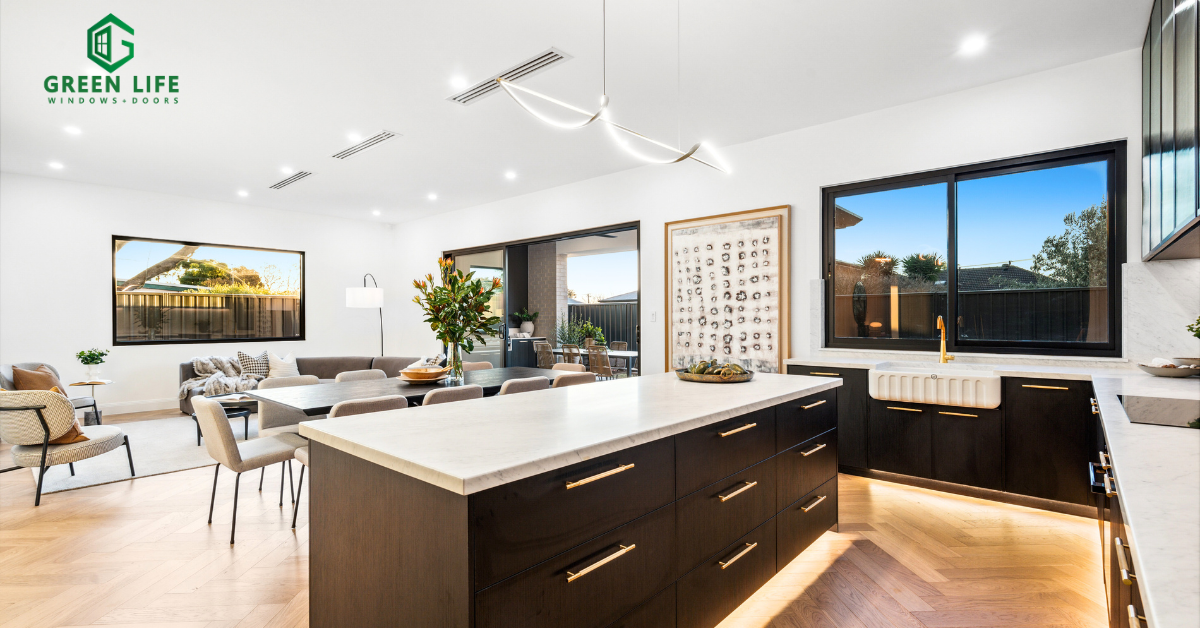
Bedrooms — Comfort and temperature control matter most here. Awning window, Sliding window or Double hung windows allow gentle cross-breezes without strong drafts — perfect for nighttime ventilation.
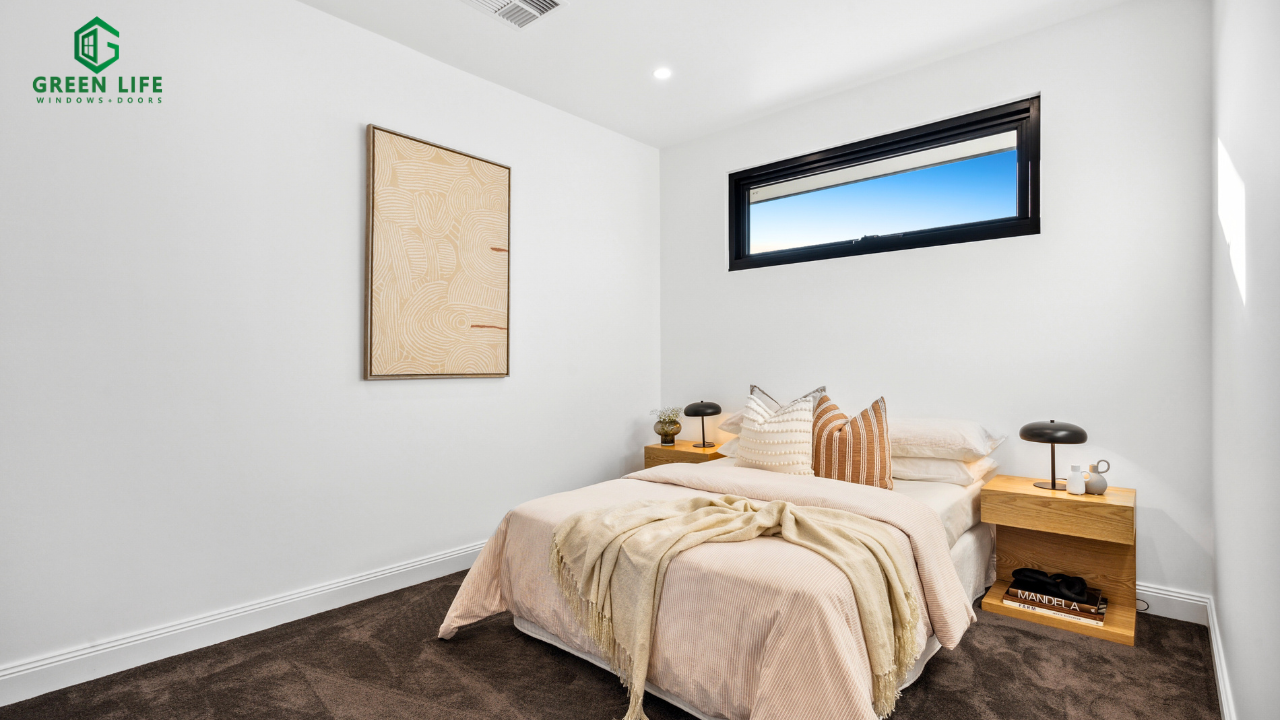
Bathrooms — need quick moisture and odour removal., Awning or Sliding windows are ideal for venting steam and keeping the space fresh.

Kitchens — also require rapid ventilation to remove cooking smells and heat. Glass Louver, awning windows, or bi-fold windows make it easy to vent steam and maintain airflow.
.png)
2. Regular Window Types for Better Airflow
Sliding windows are space-saving and simple to use. They let in plenty of light and fresh air, especially in smaller rooms.
Awning windows open outward from the top, letting air in even during light rain — great for year-round ventilation.
This flexible European-style design offers two ways to open: tilt inwards from the top for soft ventilation, or fully open for maximum airflow — ideal for kitchens or bedrooms.
You can open the top, bottom, or both sashes to control air movement. Cool air enters from below while warm air escapes above, helping to balance indoor temperature and comfort.
Glass Louvre windows feature adjustable glass slats that you can angle to control wind direction and airflow. They’re perfect for homes in warm or humid areas where you want strong ventilation without harsh gusts.
3.Practical Tips for Australian Homes
Plan for cross-flow — Place windows or vents on opposite or adjacent walls to create effective cross-ventilation.
Use high and low openings — Cool air enters low, hot air escapes high. Combining both improves indoor comfort.
Protect wet areas — Use exhaust fans in kitchens and bathrooms to support natural ventilation.
Consider insect screens and security — In Australia, removable insect screens and secure locks are must-haves.
Think about local climate — Melbourne’s cool winds, Brisbane’s humidity, and Sydney’s sea breeze all influence your ideal window setup.
Avoid blocked paths — Keep furniture or heavy curtains from blocking airflow paths.
4.Contact us
Good window and door ventilation isn’t just about opening a window — it’s about designing how air moves through your home. By choosing the right window types and placement, you can make your home naturally cooler, fresher, and more energy efficient.
Ready to upgrade your home’s airflow?
At Green Life Windows, we design and supply performance-tested windows and doors built for the Australian lifestyle — from thermal break systems to Non-insulated series designs.
Contact us today for a free quote or expert advice on your next project — and let your home breathe better, naturally.

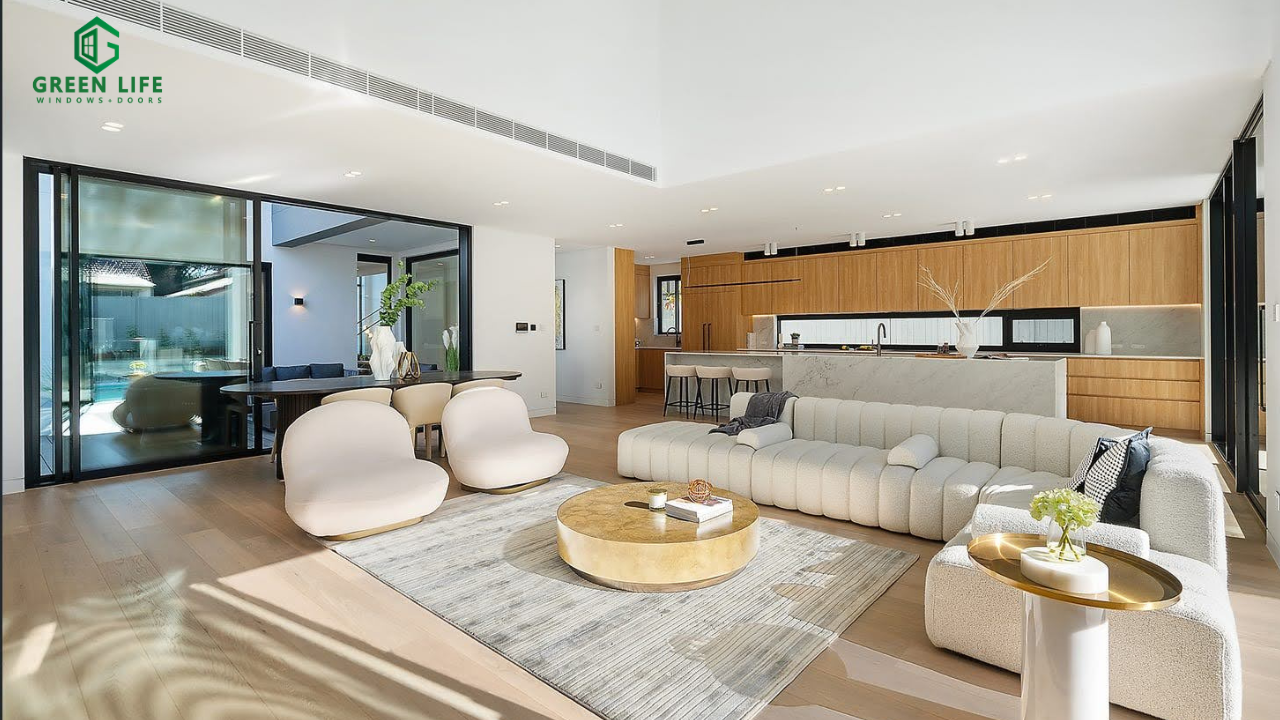
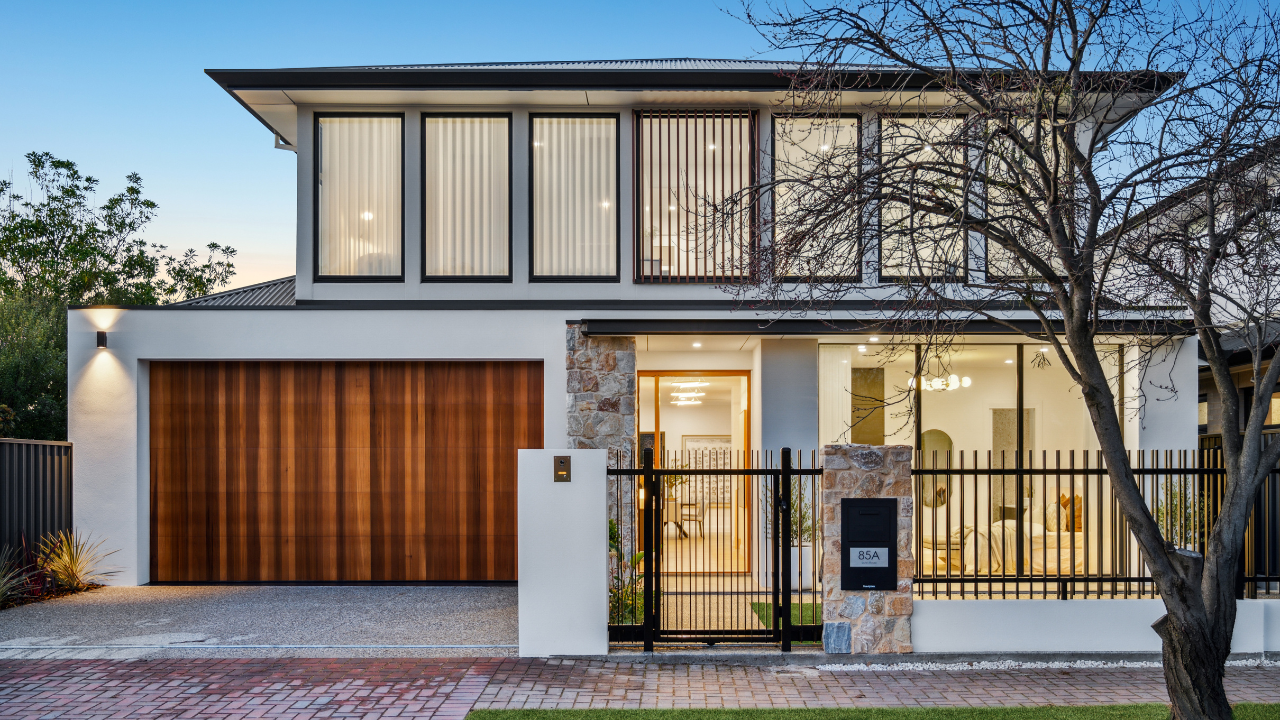
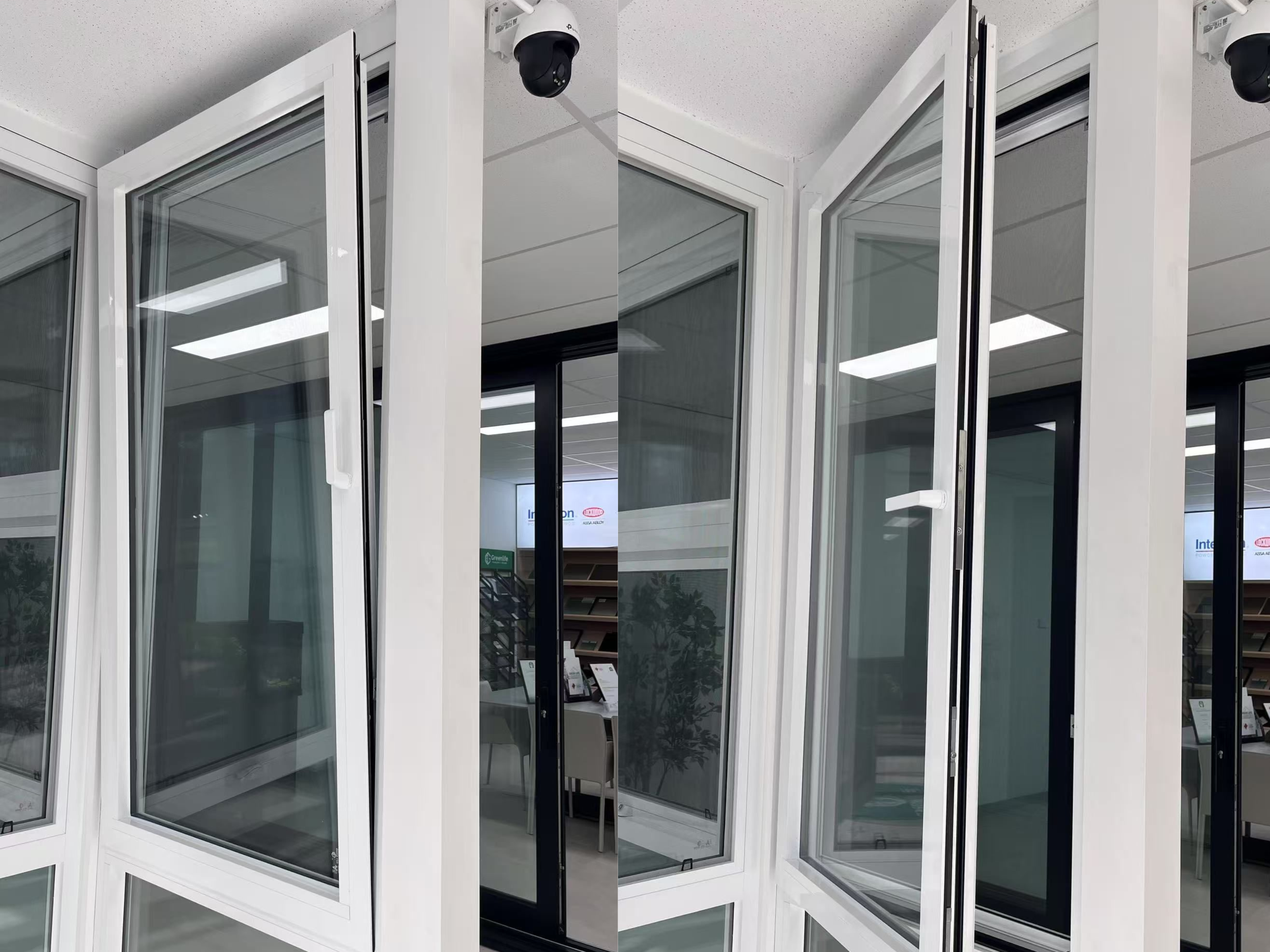
.svg)
